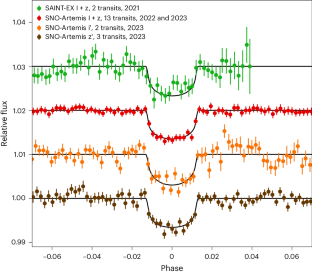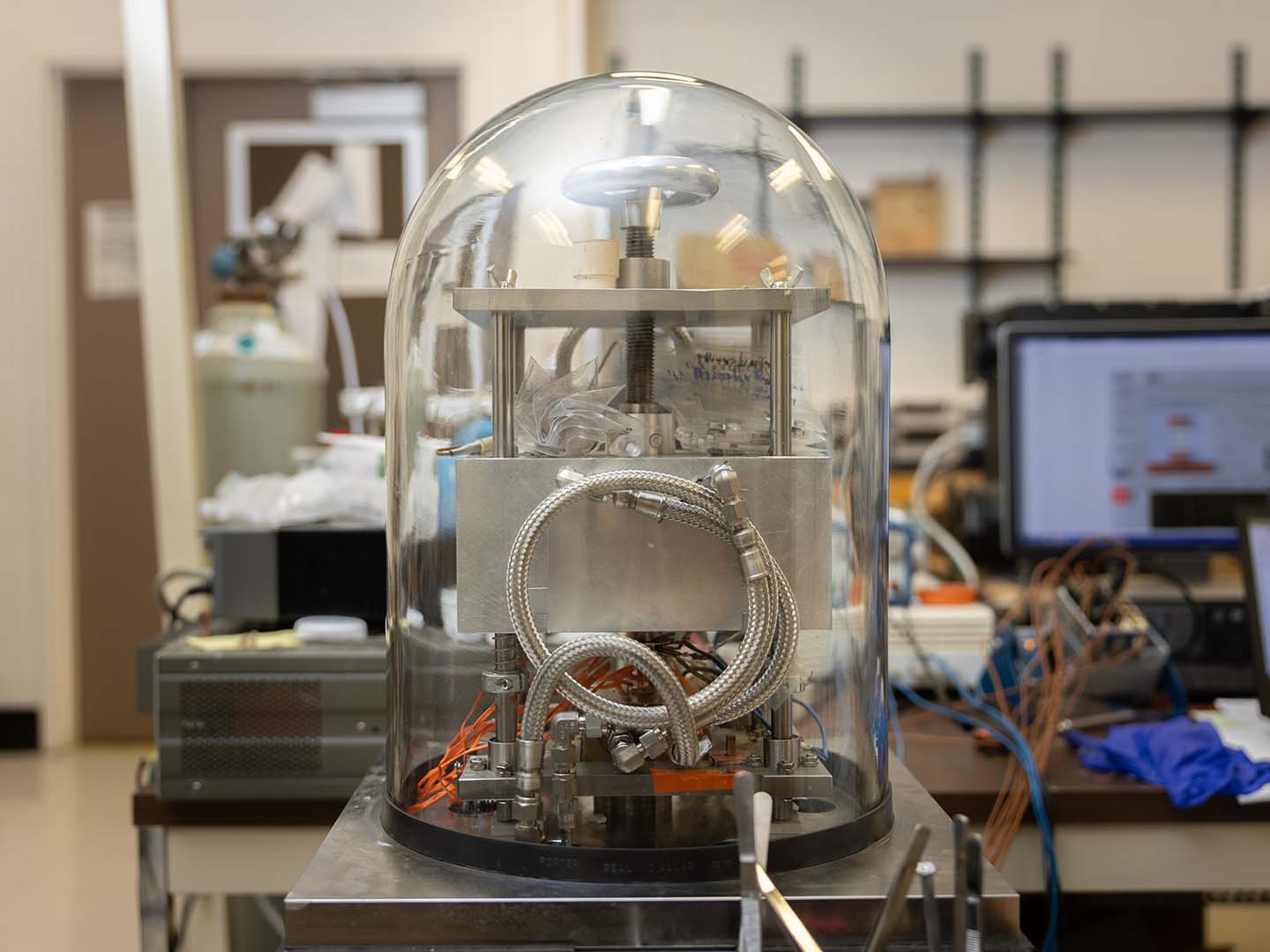2024-05-16 オークリッジ国立研究所(ORNL)
<関連情報>
- https://www.ornl.gov/news/ion-swap-dramatically-improves-performance-co2-defeating-catalyst
- https://onlinelibrary.wiley.com/doi/abs/10.1002/anie.202313389
メタノールへのCO2水素化のためのCu/BaTiO2.8H0.2触媒の性能向上における表面水素化物の重要な役割 Significant Roles of Surface Hydrides in Enhancing the Performance of Cu/BaTiO2.8H0.2 Catalyst for CO2 Hydrogenation to Methanol
Dr. Yang He, Dr. Yuanyuan Li, Dr. Ming Lei, Dr. Felipe Polo-Garzon, Dr. Jorge Perez-Aguilar, Dr. Simon R. Bare, Dr. Eric Formo, Dr. Hwangsun Kim, Dr. Luke Daemen, …
Angewandte Chemie International Edition Published: 31 October 2023
DOI:https://doi.org/10.1002/anie.202313389
Graphical Abstract
Introducing hydrides into the lattice of BaTiO3 can notably enhance the methanol yield over a supported Cu catalyst in CO2 hydrogenation due to the direct participation of surface hydrides in the reaction and the modified electronic property of the interfacial sites in the Cu/ BaTiO2.8H0.2 catalyst.
Abstract
Tuning the anionic site of catalyst supports can impact reaction pathways by creating active sites on the support or influencing metal-support interactions when using supported metal nanoparticles. This study focuses on CO2 hydrogenation over supported Cu nanoparticles, revealing a 3-fold increase in methanol yield when replacing oxygen anions with hydrides in the perovskite support (Cu/BaTiO2.8H0.2 yields ~146 mg/h/gCu vs. Cu/BaTiO3 yields ~50 mg/h/gCu). The contrast suggests that significant roles are played by the support hydrides in the reaction. Temperature programmed reaction and isotopic labelling studies indicate that BaTiO2.8H0.2 surface hydride species follow a Mars van Krevelen mechanism in CO2 hydrogenation, promoting methanol production. High-pressure steady-state isotopic transient kinetic analysis (SSITKA) studies suggest that Cu/BaTiO2.8H0.2 possesses both a higher density and more active and selective sites for methanol production compared to Cu/BaTiO3. An operando high-pressure diffuse reflectance infrared spectroscopy (DRIFTS)-SSITKA study shows that formate species are the major surface intermediates over both catalysts, and the subsequent hydrogenation steps of formate are likely rate-limiting. However, the catalytic reactivity of Cu/BaTiO2.8H0.2 towards the formate species is much higher than Cu/BaTiO3, likely due to the altered electronic structure of interface Cu sites by the hydrides in the support as validated by density functional theory (DFT) calculations.




